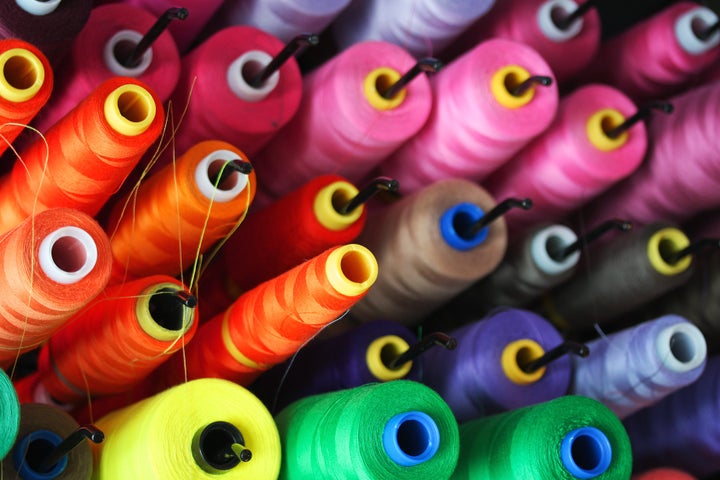Awareness of the negative impact plastic is having on the environment is at an all-time high – but did you know the clothes you’re wearing could also be derived from plastic?
Man-made fabrics, such as polyester, nylon, polyamide and acrylic fibres are made from molecules called polymers, which make them a plastic. This means that every time you wash your favourite synthetic jumper, top or dress, tiny pollutants get released into the water.
In fact, according to environmental group Friends of the Earth, clothes washing generates around 4,000 tonnes of plastic microfibre pollution in UK alone every year.

This is why the issue of microplastics has hit the fashion world. While all of your clothes will shed some fibres during washing, if they’re made from natural like wool or cotton then the materials will biodegrade.
Plastic however, as recent documentaries such as the BBC’s Blue Planet series and Drowning in Plastic documentary have shown us, sticks around for a long time and can do a lot of harm.
Despite this synthetic fibres are used because they’re cheap to produce but campaigners say the environment is paying the true cost.
″The fashion industry is a major contributor to plastic pollution, shedding tonnes of tiny plastic microfibres into our oceans via our washing machines every year.
These fibres are so small that they pass through water treatment facilities and end up in the food chain when they are swallowed by small creatures in our seas,” Friends of the Earth plastics campaigner Emma Priestland.
“The industry must help stop this tsunami of plastic pollution. Eco-conscious shoppers can play their part by embracing slow fashion and choosing better quality, less-polluting clothes or buying vintage items.”